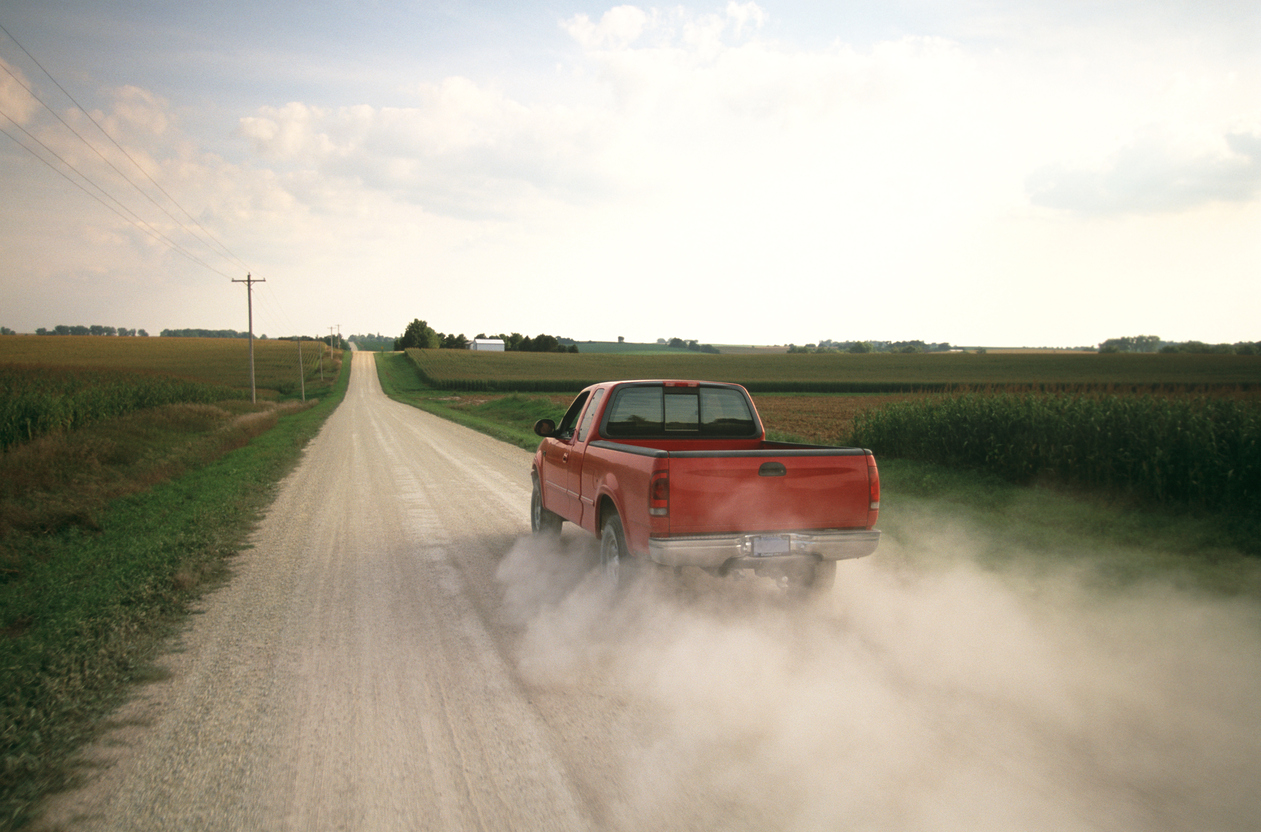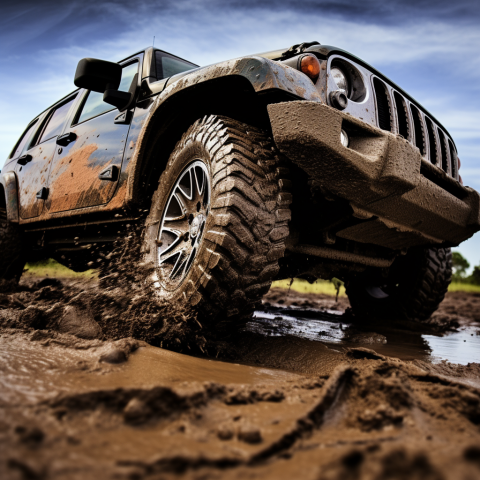Last Updated on April 21, 2024
Dig into Durability: Your Garden Equipment’s Trusty Tires!
When your livelihood depends on the performance of your equipment, you can’t take risks or cut corners. Professional landscapers and lawn care companies demand much from their trailers and equipment.
Typically, the trailer and garden equipment tires used by commercial operations are more extensive, and the equipment is heavier than the average homeowner uses to maintain a private residence or acreage. Also, the equipment is more specialized, which means the construction and tread design of the garden equipment tire is for a more exact purpose.
For this reason, commercial operators must be sure to replace a damaged or worn garden equipment tire, mower tire, trailer tire, or other tire with the correct size, tread design, and tire construction. The right new tire on old equipment or trailer can make the job easier and improve operating efficiency.
Best Garden Equipment Tire
Landscapers and lawn care professionals rely on their equipment to keep outdoor spaces looking pristine. Whether you’re maintaining a lush garden or a vast expanse of grass, having the right garden equipment tires is crucial. In this blog, we’ll explore essential tire tips tailored to the needs of landscapers and lawn care experts. Let’s dive in!
A. Trailer Tires
The trailers used by landscaping and lawn care companies are typically multi-purpose and heavy-duty. They transport equipment between job sites and haul sod, clippings, and yard waste. The trailers are usually more significant than a standard utility trailer and take full-size tires to carry and support the load. 15-inch wheel sizes are most common on these types of trailers.
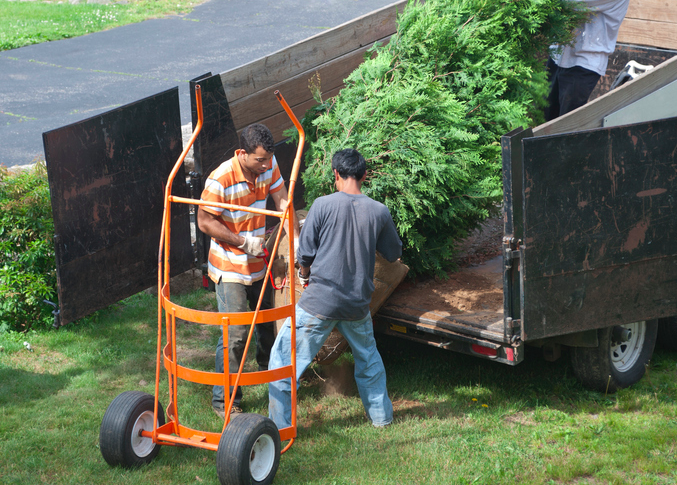
For commercial work, you always want to install a dedicated trailer or “ST” tires if the option exists in your size. These tires are designed with extra reinforcements for optimal performance on a free-rolling axle. “ST tires” will last longer, are more durable, and often cost less than a comparable car or LT tire.
The most common tire sizes on more considerable utility and equipment trailers for commercial operations are ST225/75R15 and ST205/75R15. Velocity Tires has several models of radial trailer tires and less expensive bias-ply trailer tires.
B. Tires for Wheelbarrows and Hand-carts
Solid tires are standard on small carts, pressure washers, and implements, but wheelbarrows and larger carts used commercially have air-filled tires (pneumatic). Pneumatic tires roll much more accessible than solid tires, make the equipment more stable and easier to handle, and cause less compaction and damage to turf.
Since most wheelbarrows have only one tire, the tire and wheel assembly condition is critical to proper operation. If you maintain your wheelbarrow, it can last for many decades, and the only thing you need to replace or repair occasionally is the tire.
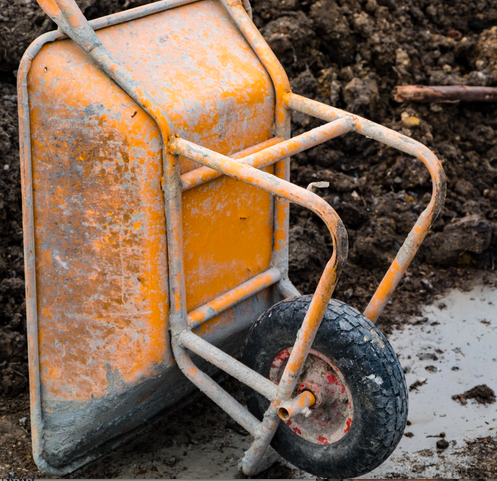
The same applies to hand carts and other lawn and garden equipment tires. Remember to tighten the bolts holding the axles and check the tire frequently for proper inflation. The maximum inflation for any tire is moulded on the side of the tire.
Most wheelbarrow and hand-cart tires are bias-ply tires with a tube inside to hold the air. If your tire has a slow leak and is frequently going flat, you may only need to repair or replace the line. There are some tricks to make the job easier, but the basic steps are to take the tire from the wheel and remove the line. This is usually quickly done by wedging two or more flathead screwdrivers between the tire and the rim.
Once the garden equipment tire has been removed, check for a puncture by holding the semi-inflated tire underwater in a bucket. Consider repairing the tube with a bicycle tire patch kit if you find the leak. It is easy to do, and this repair is often all needed to make your wheelbarrow or hand cart operational again. Before reinstalling the tube in the tire, check the tire’s inner liner for thorns, nails, or other sharp objects still embedded in the rubber and causing the puncture.
Most people find putting the tube and tire back on the rim harder than removing the tire in the first place! If you have trouble mounting the repaired tube and garden equipment tire, consider taking it to your nearest tire dealer or garden shop. Most will perform this service for free or for a nominal fee.
C. Ride-on Mower Tires and Tractor Tires
Most lawn care operations have several types of mowers and put many hours on their equipment every day. When the tires on tractors and mowers wear out, you want to pick a replacement tire that provides just enough traction for the typical lawn you work on most frequently.
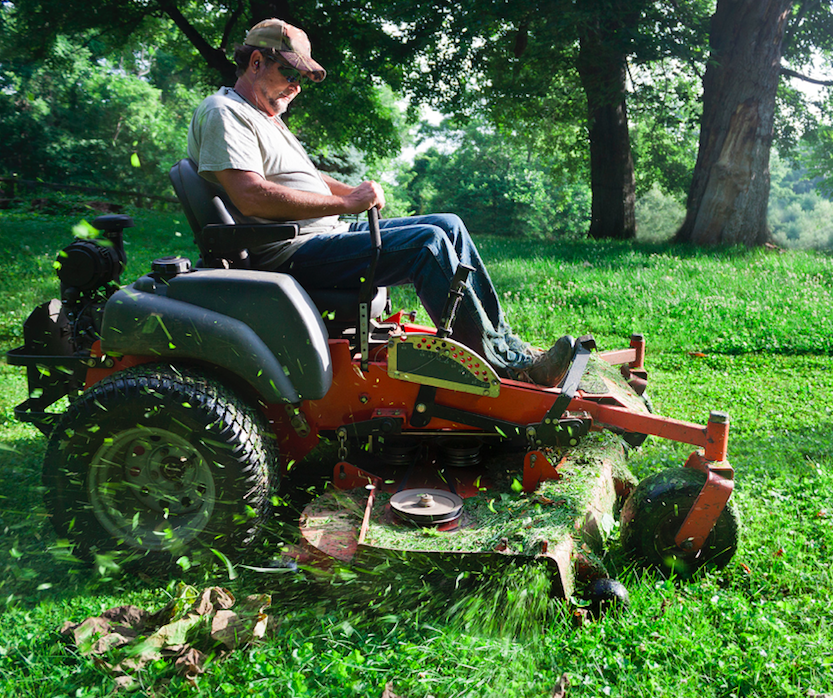
For example, If you are in a hilly area and work on undulating lawns slick with rain, you need a tire with enough traction to grip but not so much pulling and tearing that it would damage the turf. If you live in a flat area with a dry climate, you will unlikely have such a deep, block-style tread for grip. A smooth, more ribbed print, like the Carlisle Turf CTR Tire, is enough to get the job done and leave the turf in pristine condition.
If you frequently remove the blade deck and use your tractor for general use, pulling a tiller, or hauling waste, you want a long-lasting garden equipment tire like the Gladiator Turf tire. It is a better option than a ribbed tread pattern because the densely packed blocks give it some grip on all terrains. The profile of this tire and the balance of traction and durability make it an excellent choice for zero-radius mowers.
For extra traction on wet turf or general tractor use in wet climates, the WDT P512 tire is a popular choice. It will give you more traction on wet grass and in muddy terrain. The drawback is this type of tread will wear out faster if used on hard surfaces. Happily, there are plenty of garden equipment tire styles to pick from on Tires-easy.com according to how much traction you need, the type of terrain, and how you use your tractor!
D. Tiller Tires
A roto-tiller is another piece of equipment that landscape and lawn care professionals call into service. They are a practical piece of equipment. However, the nature of the work often leads to damaged tires. As the prongs pull the tiller through the soil, the tires are occasionally punctured or cut by severed roots or sharp rocks. Many commercial operations opt to replace the tires with a tire with a heavier ply rating than the tire originally on the tiller.
The most common size of tire on tillers is 13X5-6. A popular style in this size tire is the Power King tire. As you can see by the photo on the left, it has big traction bars like a farm tractor tire. Under the tread, it also has extra plies to protect the tire from damage.
E. Tires for Snow Blowers
In northern climates, many landscapers and lawn care professionals use their tractors for snow removal or have dedicated snow removal equipment. In addition to carrying the load, the primary service of the tire on snow removal equipment is to provide traction. The same tire size and style of tread on tillers are often found on snow blowers.
The characteristics of a herringbone-style tread that make a tiller tire work in the mud are equally effective in pulling a snow blower through deep snow.
While tiller tires can pull double duty, a few tires are designed specifically for snow blowers. The treads on dedicated snowblower tires have more biting edges for traction, and the tread rubber is specially formulated for cold weather. The Carlisle Snow Hog Tire shown on the right is a good snow blower tire, available in the most common sizes.
A photo and a general description of all the available tires will be listed under each category. You can filter on a brand or style or sort by price to find the tire that best fits your budget and needs to keep your equipment in peak operating condition.
Conclusion
By following these garden equipment tire tips, landscapers and lawn care professionals can ensure their equipment performs optimally, enhancing efficiency and safety while maintaining beautiful outdoor spaces. Your trusty tires are the foundation of your work, so treat them well, and they’ll help you achieve outstanding results.
Where to Buy a Garden Equipment Tire?
Tires-easy has all the tires needed for the typical landscaping or lawn care operation equipment. Visit Tire Easy and enter your tire size in the red tire selector on the left of the screen. The site has easy navigation to browse the different brands and tire style options by equipment type.
FAQs
What are the tires on a tractor called?
The tires on a tractor are commonly called “tractor tires.”
What is a turf tire?
A turf tire is designed for grassy surfaces and is typically used on lawn tractors and mowers.
Which tire is best for a tractor?
The best tire for a tractor depends on the specific application and terrain. Agricultural tires, turf tires, or industrial tires may be suitable.
What are tractor-turf tires?
Tractor turf tires are specialized tires designed to minimize damage to grass and provide traction on turf surfaces, making them ideal for lawn and garden tractors.






